Canon EOS R5 Mark II Review: Canon’s Most Capable Do-It-All Camera
When Canon released its latest flagship camera, the EOS R1, it was fair to say that it was overshadowed by the humble R5 Mark II. Like a thief in the night, the mantle for the most exciting Canon camera of 2024 was stolen by the R5 Mark II, and for very good reason. I got my hands on a full-production model and decided that a road trip was in order.
For this review, we decided to bring a special guest out on the road with us to the beautiful Sheep River Valley in southern Alberta: Mike Drew. Mike is a legend in the local Calgary community, having been an accomplished news photographer and columnist for decades. He has a weekly column called “On the Road” where he tours around the back roads of Alberta with a Canon camera in tow. He has used almost every Canon body starting with the AE-1 and currently is using the original R5. Who better to be our guide as we explore our beautiful province?
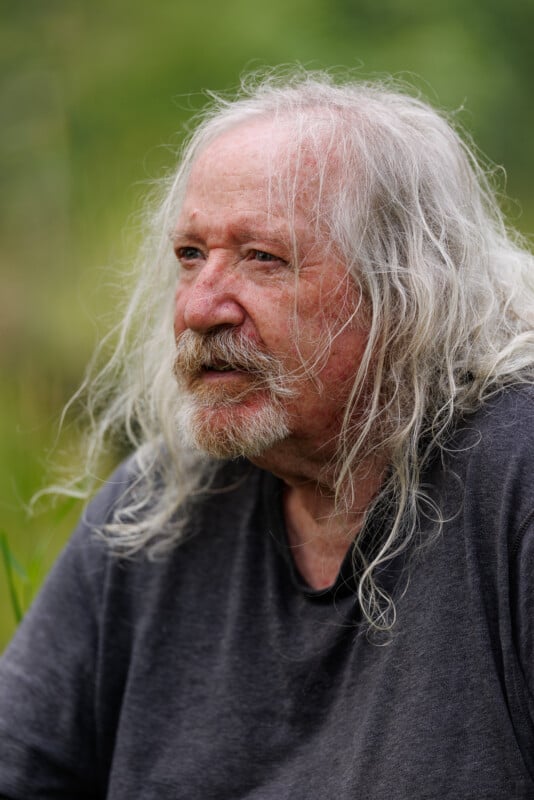
In our first impressions video and article about the R5 mkII we covered a lot of the specs and features of the camera so this time around I wanted to try out some of the features we weren’t able to confirm with the pre-production units. Things like image quality, dynamic range, and video performance need to be tested on a production unit and because we shot so much sports the first time around we decided to focus on landscape and wildlife instead.
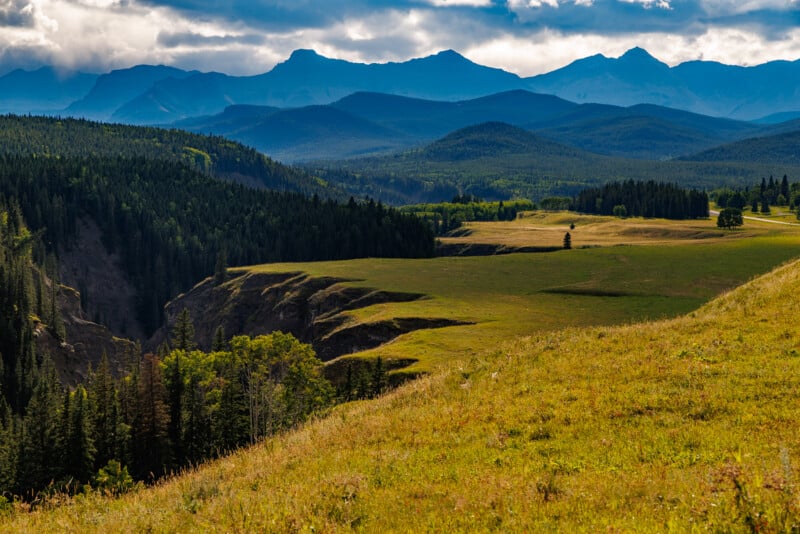
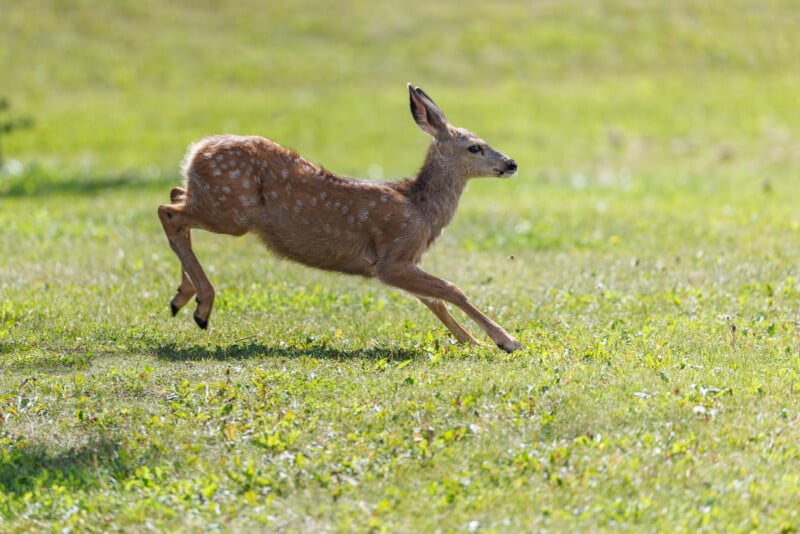
Canon EOS R5 Mark II: How It Handles
I loved the handling of the original R5 and found it to be a great combination of compactness and capability. Everything I loved there is back in the $4,300 R5 Mark II, plus some. The weight is only 26.3 ounces (742 grams) and coupled with the large and comfortable grip, is an ideal size to carry around. It’s not too light but not too heavy either.
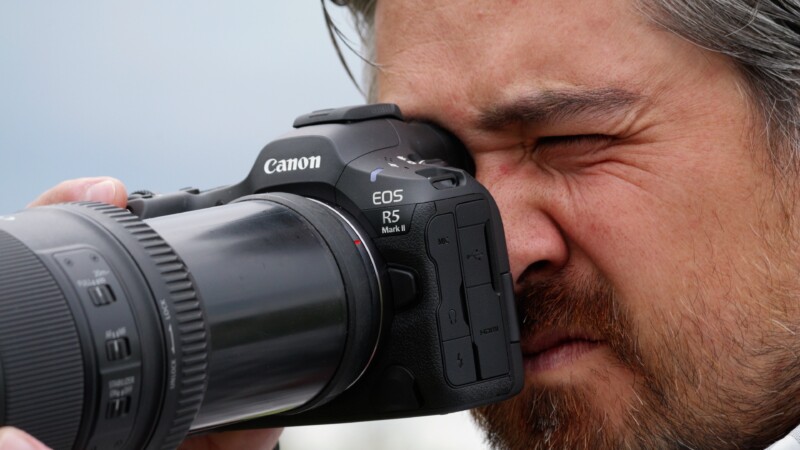

All the buttons and dials are in very familiar places and I find the design to be one of the most intuitive I’ve ever used. There is a reason that most people who have played with the R5 have instantly enjoyed it. The grip itself is slightly modified from the original but it feels no less comfortable. We get the same 5.76-million dot EVF as before (albeit surrounded by new optics and now with Eye Control AF) and the battery type is now an LP-E6P type battery which unlocks some advanced video modes.
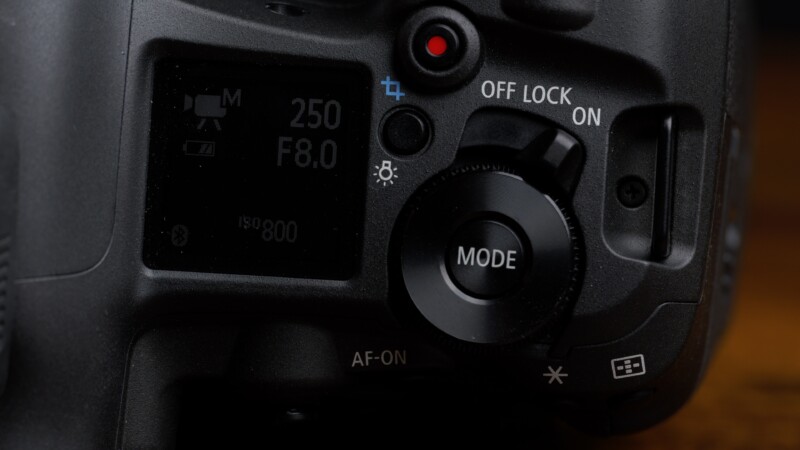
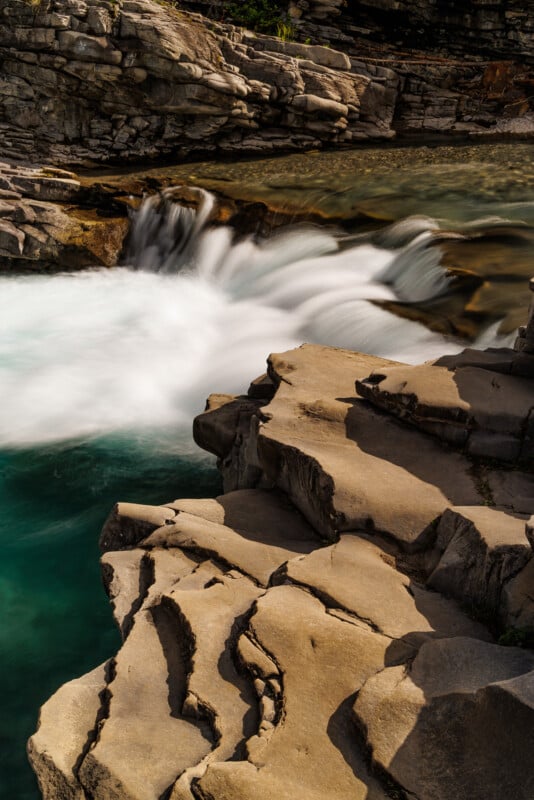
One thing that is quite different from the original R5 is the new menu system which, although familiar looking to anyone who has used Canon, has a far more simplified autofocus interface. I like this change as the previous setup required lots of tinkering and adjustment to get ideal results. Now Canon simply gives a slider for how sticky or responsive the AF tracking is, along with coupling animal and bird detection together into a catch-all Animal detection mode. Eye detection largely falls under the People detection mode now and there is no longer a grammatically incorrect enabled/disabled option under the quick menu. It takes some getting used to compared to the previous model but overall I found the experience easier now.

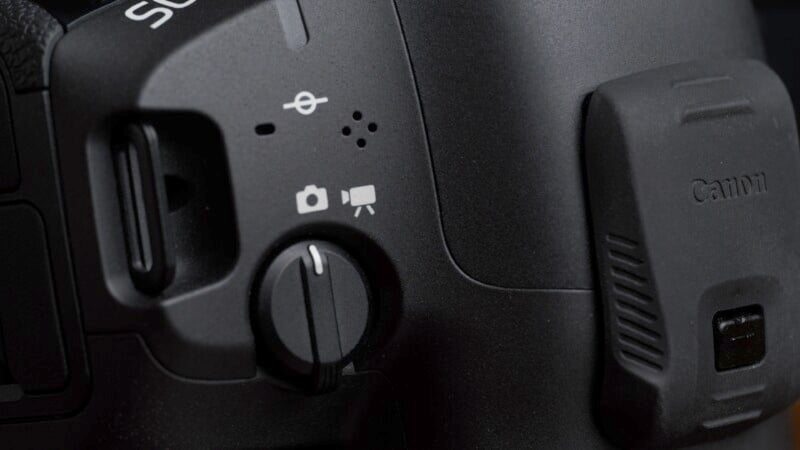
One new change that I find irredeemable on the R5 Mark II is the new hot shoe cover. In the interest of keeping the camera sealed against the environment, Canon has always used oversized hot shoe covers on its higher-end cameras. The latest features a locking pin to hold it in place but the design is flawed and often the cover is nigh impossible to remove. Even with ridiculous pressure, the hot shoe cover will not come off and I would immediately use a basic plastic insert cover again if I could ever get the new cover off in the first place.
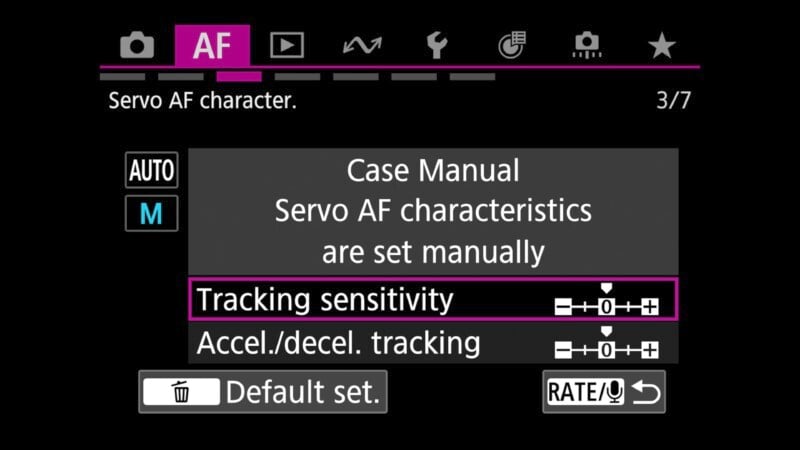
Canon EOS R5 Mark II: How It Shoots
The first thing I wanted to test again was the Eye-Control AF which tracks the movement of your eye and sets the AF point appropriately. When I was shooting basketball and soccer in Phoenix, Arizona with the early R5 Mark II, I found the tracking worked very well and locked onto a player of my choosing without having to use the AF joystick. I re-calibrated the unit that we had received and found the Eye-Control to work very well for wildlife shots in a similar regard. However, Mike tried to calibrate and it would not calibrate properly which seems to be pretty common with some users. For example, Jordan can’t get the Eye-Control to work either and a few other people who have tried it reported that it has also failed for them.

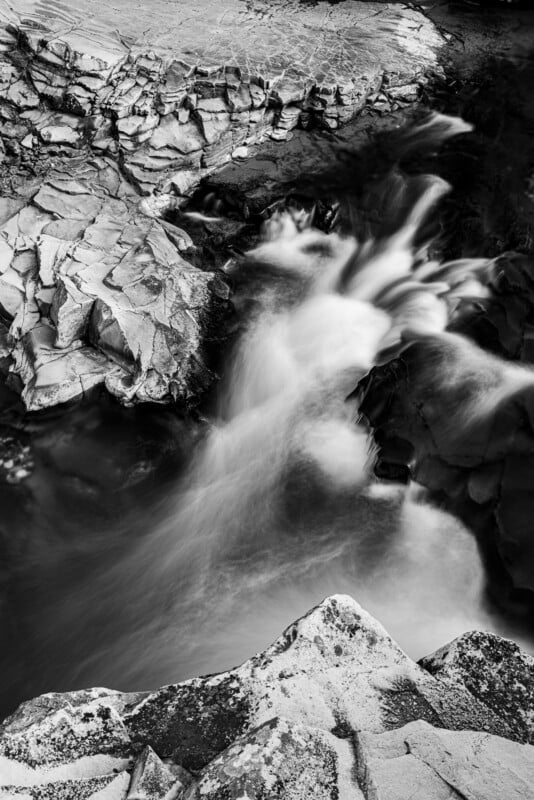
I will also say that as useful as the system is for quickly acquiring targets, I found it a little frenetic and jumpy when I just wanted to shoot still scenes and, as a result, I turned it off when I wasn’t photographing animals. Outside of Eye Control, the AF performance overall is excellent, with perfect focus for portraits and good animal detection on the eyes. Tracking worked well and I happily stayed in Servo AF and a more singular focus point when shooting most still scenes. I think most users will find the performance better than even the fairly modern Canon R3 but it’s unfortunate that a significant amount of people won’t be able to use Eye Control since it’s a unique autofocus feature that only Canon offers.
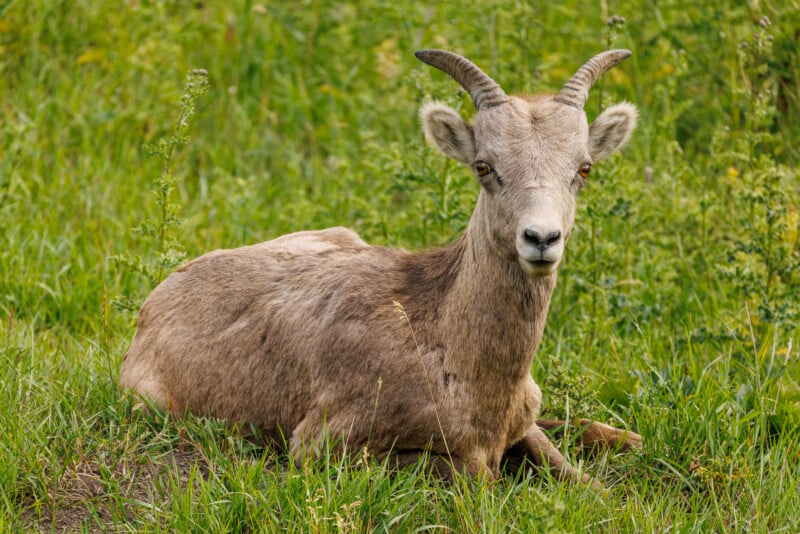
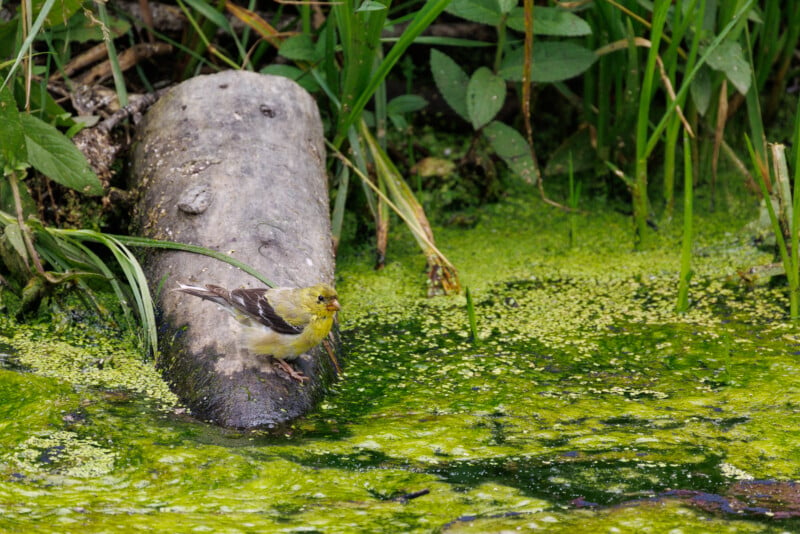
Now that we have a final production model, we can also test image quality. The R5 Mark II features a new stacked sensor and this usually means a reduction in dynamic range. The camera maintains the same bit depth whether you are using the mechanical or electronic shutter but there is still a loss of dynamic range when using the mechanical shutter compared to the last version. To keep things in perspective, the drop in dynamic range is pretty minor but the original R5 does maintain a little bit more dynamic range when using the mechanical shutter than the Mark II.
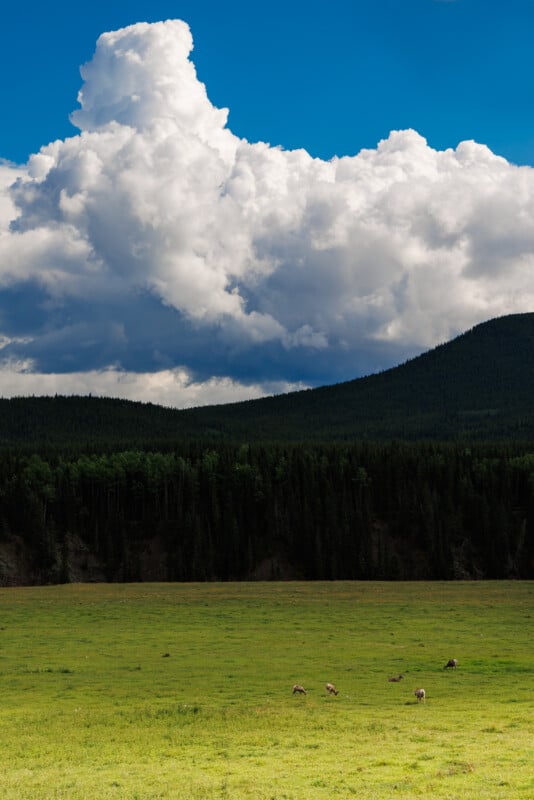
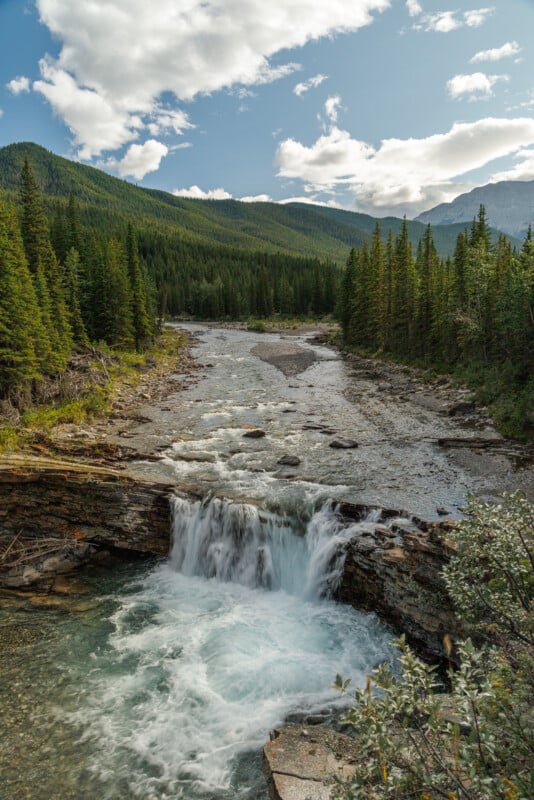
However, when using the electronic shutter, it’s a different story. The R5 mkII will have less dynamic range than even the mechanical shutter delivers but it is substantially better than the original R5 in electronic shutter mode. To be fair, the R5 in electronic shutter mode represents a low bar, but the R5 mkII will retain more shadow detail when shooting electronic shutter mode and I feel like most photographers will be pleased with the images they get on the R5 mkII no matter what shutter they choose to use.
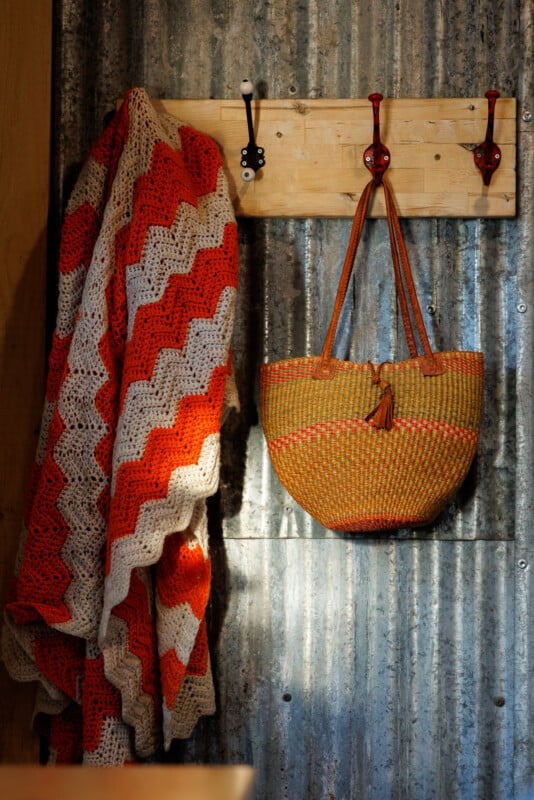
The R5 Mark II (and the R5 before it) also applies baked-in noise reduction all the time, so there is some minor loss of detail no matter what.
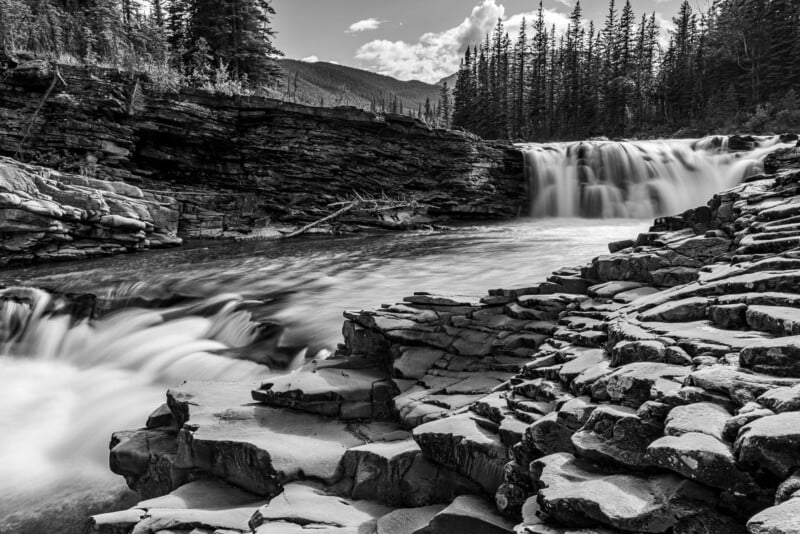
There is good reason to rely on the electronic shutter mode as well because it allows blackout-free shooting up to 30 frames per second with autofocus engaged and reads out at a respectable 1/160 of a second to reduce rolling shutter issues. The electronic shutter performance and improved auto-focusing are some of the main reasons to consider the R5 Mark II over the original and sports and action shooters will notice a difference. I tested the pre-burst mode the first time I had the Mark II in hand and it worked flawlessly. I think wildlife shooters will come to rely on this excellent feature regularly.
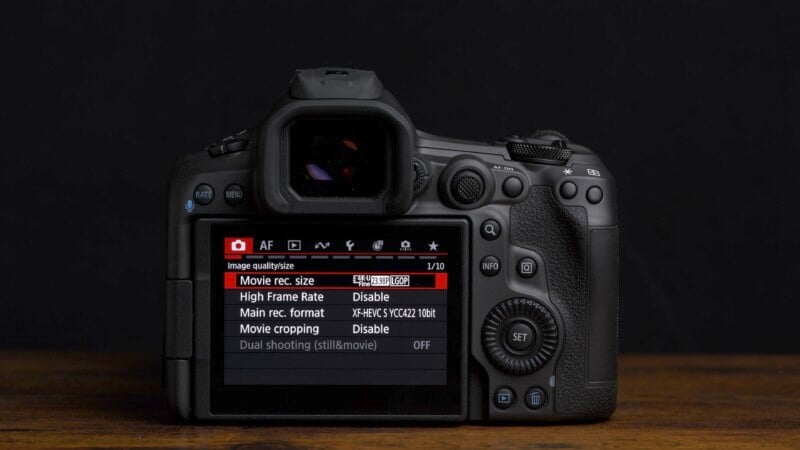
Canon EOS R5 Mark II: A Capable Video Hybrid
Canon has stepped up its video game in the R5 Mark II which has an impressive ability to shoot up to 8K at 60 frames per second in RAW mode. However, the specs when it comes to these features are essentially the same as the original, so I can understand some photographers wondering what the benefit of upgrading might be. The first big change is the use of the aforementioned new stacked sensor, which removes a lot of rolling shutter issues while recording video.
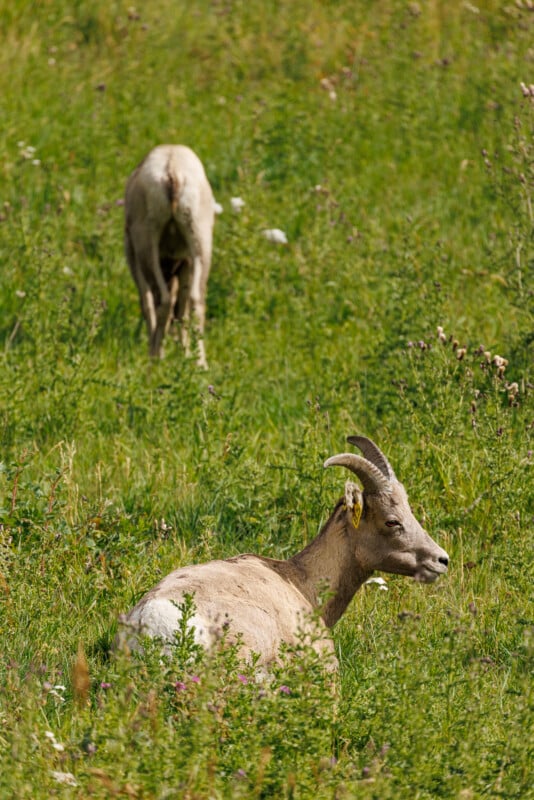
Even more important, though, is the addition of the C-Log2 profile which is vastly superior to C-Log3 and grades in a much easier and more visually appealing way. You get more dynamic range and much more natural color without the garish saturation that C-Log3 often produces.
4K at 60p is very popular in today’s creative world and the R5 Mark II can shoot it. Strangely, though, it is not able to over-sample this footage to retain excellent detail sharpness and low noise. The Nikon Z8 does offer this record mode with oversampling, giving it an advantage over the Mark II.
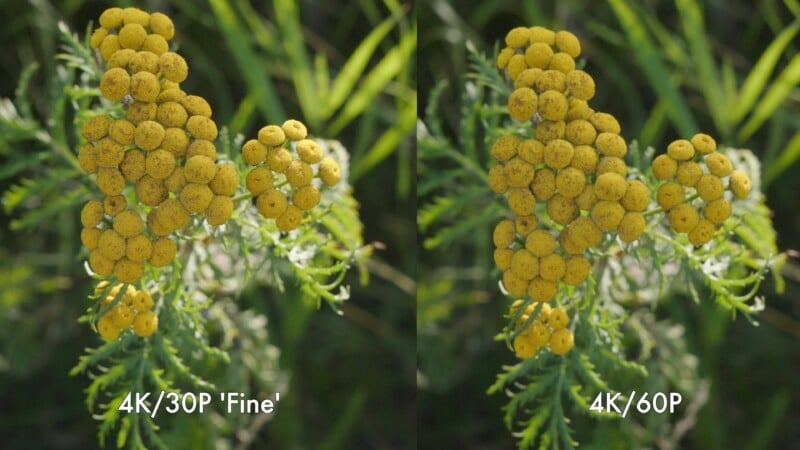
If you can get that terrible hot shoe cover off, you will have access to a powered interface that allows for the use of Canon’s on-camera microphones and XLR adapter. Autofocus has also been improved and simplified so that subject detection can be set as a priority or as an exclusive requirement. This means that you can tailor the video to look for an animal for example but still focus on other elements if no animal is present or exclusively only focus on the animal and lock the focus if nothing is present. This is an excellent tool when relying on the detection modes for video without having to worry about the camera jumping around looking for targets.
Speaking of tools, the R5 Mark II now has a tally lamp and waveforms by which to expose your shot. These are tools we have been asking to see for a while and it’s wonderful that they are included. Unfortunately, the waveform can not be resized or moved in the frame yet, but even having one is a good start.
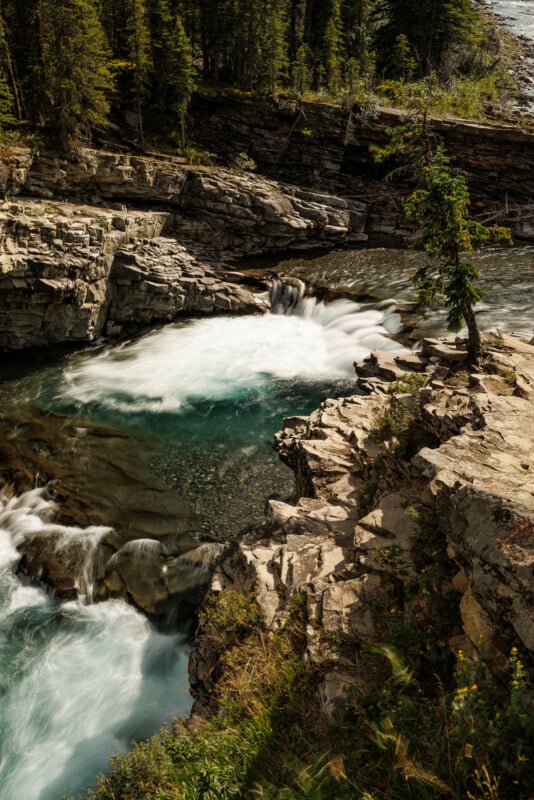
The original R5 was notorious for overheating, so much so that it almost derailed Canon’s attempts to market the R5 as a video shooter. Improvements were made but it left a very negative reputation which is still intact today.
The R5 Mark II has made some significant changes to improve overheating and they seem to have worked. Recording 8K 60p is the most demanding the camera offers and it can now record around 23 minutes at room temperature before it has to stop. The Nikon Z8 can do better at around 40 minutes but at least the R5 Mark II has made some headway here. 4K at 120p went for a very similar amount of time and it’s important to note that these record modes will largely be used for very short slow-motion clips, so long record times are unlikely.
If you want to record for long periods, the R5 Mark II can go for over 50 minutes at 8K 24P which is adequate for most users. 4K 24P which is what we shoot the most went for a very respectable 74 minutes before the battery quit so this is an excellent result and worlds better than before. There is also a new grip that has a fan incorporated if you really need more time to record in these demanding modes.
The Canon R5 Mark II is A Do-It-All Camera
After my time with the Canon R5 Mark II, it is clear that Canon has made a versatile camera that keeps the pressure on the Nikon Z8 and is also Canon’s best hybrid video and stills capture device. I still feel like the form factor and handling of the Z8 are excellent and I prefer the layout to the R5 Mark II. However, there is no denying that the Z8 still gives a similar stills shooting experience and some video improvements, all at a lower price.
What the Canon R5 Mark II represents is Canon’s most capable all-round camera to date and it is easy to see why it has overshadowed even the EOS R1. I think many Canon shooters will opt to go with the R5 Mark II as a preferred tool for shooting sports, action, and wildlife, even though the R1 and R3 are more specialized tools in this regard. The fact is, Canon has given the R5 Mark II a capable sensor with good electronic shutter characteristics and a far more versatile megapixel count, and it should do for Canon shooters what the Nikon Z8 did for Nikon. I’d simply add a battery grip if I wanted a larger form factor and better battery life for more serious applications. I’m happy to see that the R5 mkII retains everything I loved about the original R5 but also adds more versatility to a wider range of users.
Are There Alternatives?
The older R5 is still a great choice and for those on a budget and primarily shoot landscape and portraits it might even be more desirable due to the slightly better dynamic range. However, if you want a versatile camera that has much-improved video capabilities and an especially more capable autofocusing experience the new R5 Mark II is the way to go. Canon has done a respectable job with its new stacked sensor and the faster burst rates and focusing ability will be perfect for sports and wildlife shooters who want a compact platform and high megapixels on the go.
Nikon would be the closest competition because the Nikon Z8 fights in a similar arena to the R5 Mark II. However, the $3,800 Nikon Z8 is better bang for the buck all around as long as you like the interface and handling
Should You Buy It?
Yes. The R5 Mark II is easy to love and will be a versatile camera for many different and demanding kinds of photography. There is more to photography than the specs on paper and the R5 Mark II is a joy to use in the field.